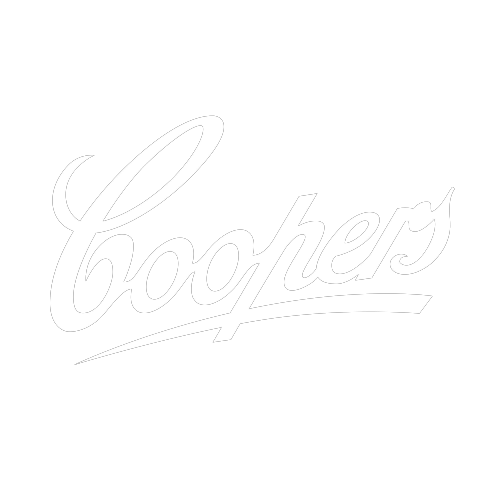Join us for a celebration of the work of trailblazing American artist Carolee Schneemann (1939–2019). She explored the body—often her own—as a site for questioning representation, boundaries, and social constraints. This free screening presents four key films, accompanied by discussions from Susan Best, artist Naomi Blacklock, and film programmer John Edmond.
Meat Joy 1964/2010, 10:33 minutes
Meat Joy is group performance as Dionysian ritual. Naked performers celebrate ‘flesh as material’, as they writhe and interact with raw chicken, fish, and sausages, wet paper, ropes, brushes, and more, in psychic abandonment. The footage is accompanied by pop songs, traffic noise, and field recordings of Rue de Seine grocery vendors. This iteration draws from 1964 footage of Meat Joy‘s first three performances, at Paris’s Festival de la Libre Expression, London’s Dennison Hall, and New York’s Judson Church.
Fuses 1967, 29:37 minutes
An erotic film featuring Schneeman and her partner James Tenney, seen from the perspective of Kitch, Schneemann’s cat. Constructed over three years, it reveals Schneemann’s painterly impulses in her abrasion of her footage: dipping it in acid, baking it in an oven, cutting, scratching, painting, then collaging it together to produce a physical, tactile work. Fuses was a response to the lack emotion in pornography. It also nods to her friend Stan Brakhage’s films: Loving (1957), also of Schneemann and Tenney, and Window Water Baby Moving (1959), showing Brakhage’s wife Jane giving birth.
Plumb Line 1971, 14:27 minutes
This nostalgic film addresses Schneemann’s despair over the dissolution of her relationship with James Tenney, which lasted from 1955 to 1968. She spent three years splitting, dissolving, and abrading footage of her ex. A plumb line—a string line attached to a weight—is a tool used to measure vertical depth.
Up To and Including Her Limits 1976/1984, 29 minutes
Schneemann elaborates on the principles of Jackson Pollock‘s physicalised ‘action painting’ process. Suspended naked from a rope harness, she draws. The film captures her concentration, intensity, and use of her body. It was compiled in 1984 from footage of six performances: at Berkeley Museum, London’s Filmmaker’s Cooperative, New York’s Artists Space, and New York’s Anthology Film Archives in 1974; and New York’s The Kitchen and Berlin’s Studio Galerie in 1976.
All works courtesy Electronic Arts Intermix.
-
Professor Susan Best
Professor Susan Best is an art historian with expertise in critical theory and modern and contemporary art. Her third book, Reparative Aesthetics: Witnessing in Contemporary Art Photography (Bloomsbury 2016), offers a new way of thinking about the role of politically engaged art.
Naomi Blacklock
Naomi Blacklock is an Anglo-Indian artist based in Brisbane, Australia who works primarily with sound installation, text works and performance. Her artworks involve an exploration and examination of mythologies, archetypes and harmful histories of gender and cultural identity. Her ritualised sound objects and performances are intended to amplify the body and the voice through performative bodily precision and aural screaming.
John Edmond
John Edmond is an academic and curator. He is the Director of the Queensland Film Festival and an Associate Curator (film) at UQ Art Museum. John is also the author of a forthcoming monograph on Ken Russell’s Altered States, and edits a series on significant contemporary filmmakers.






